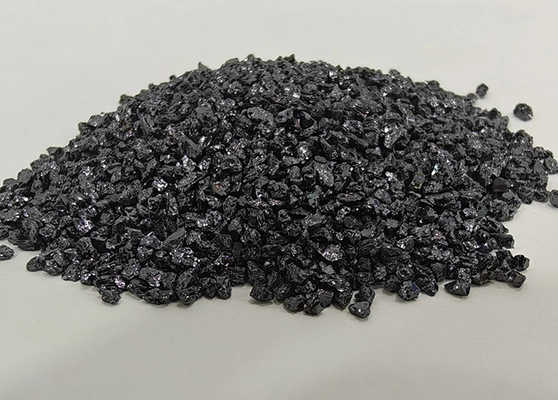Product Showcase
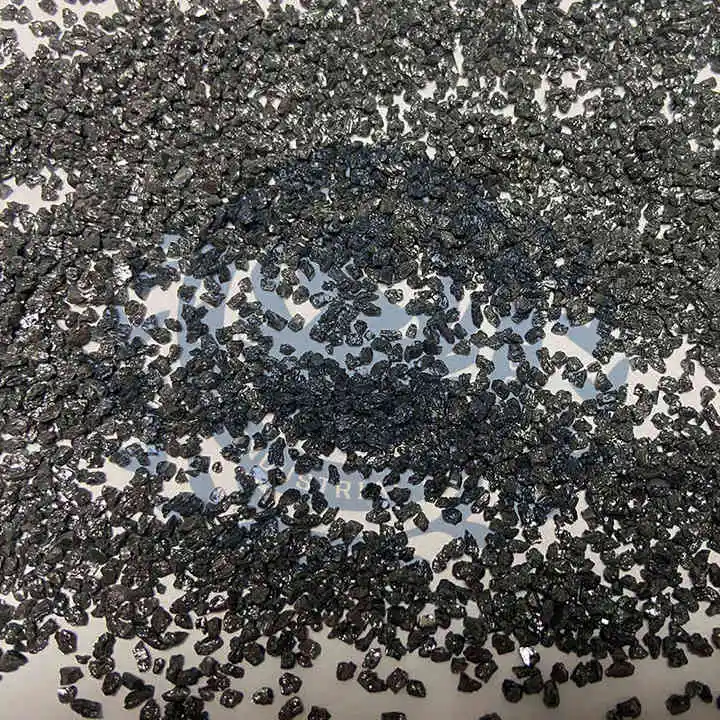
F24 Grit
Coarse blasting grade for heavy coating removal.
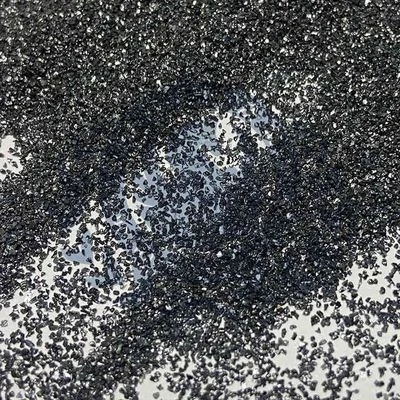
F36 Grit
Ideal for steel scale removal and rough surface prep.
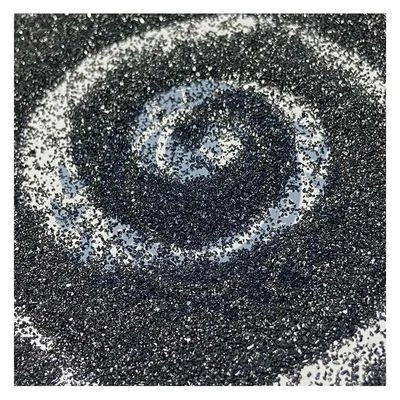
F60 Grit
Balanced performance for general blasting applications.
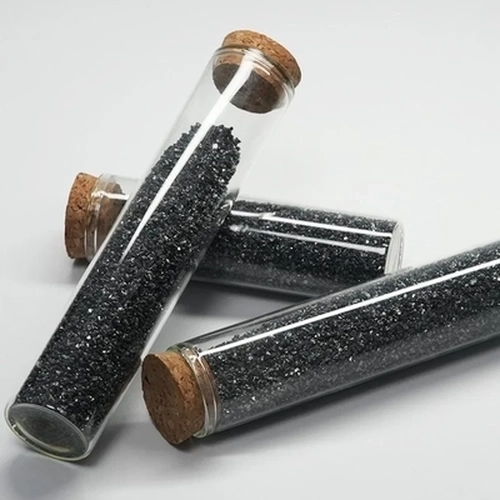
F80 Grit
Medium grit for versatile use across metals.
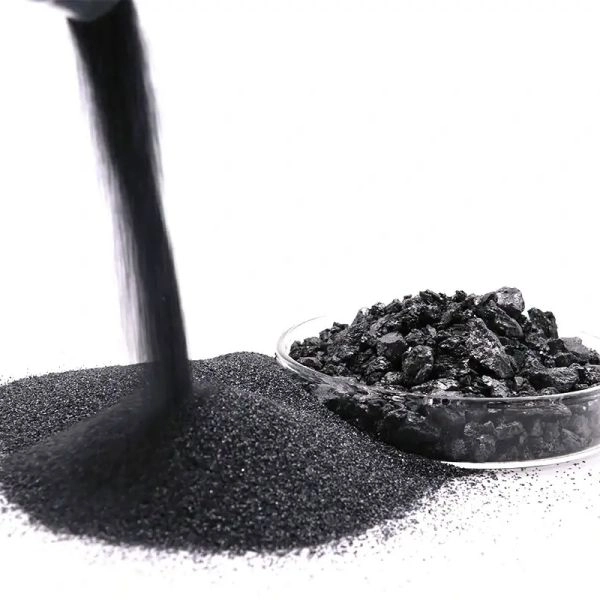
F100 Grit
Consistent finish on stainless and alloy steels.
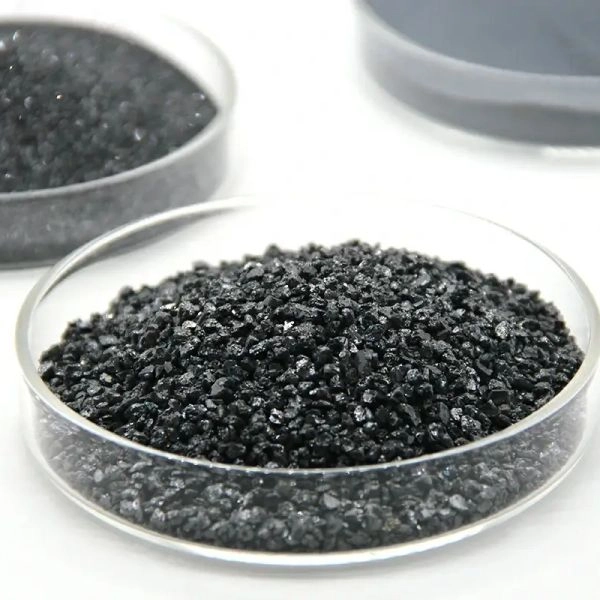
F120 Grit
Fine grit for non-ferrous and precision blasting.
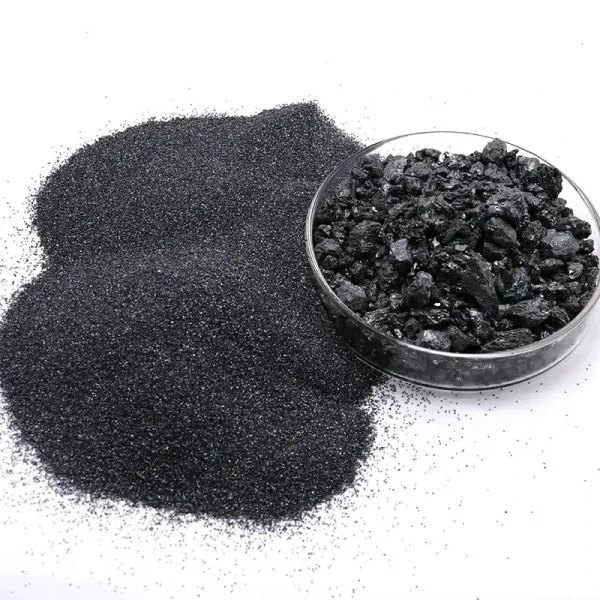
F150 Grit
Controlled profile, good for coatings & primers.
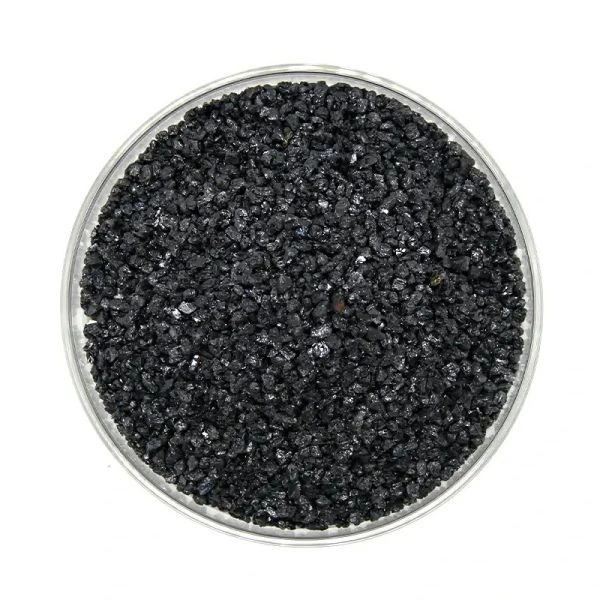
F220 Grit
Fine blasting for etching, lettering, glass & stone.
